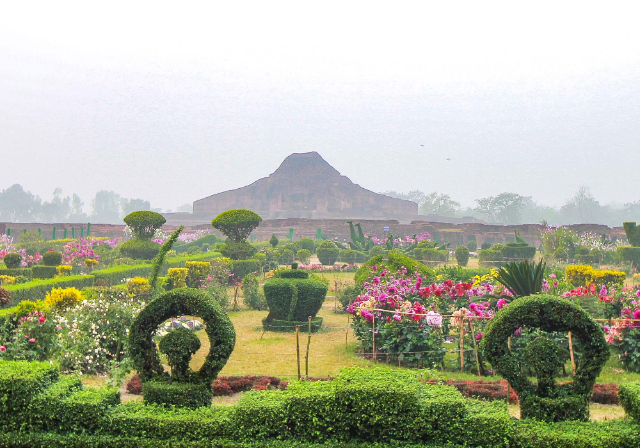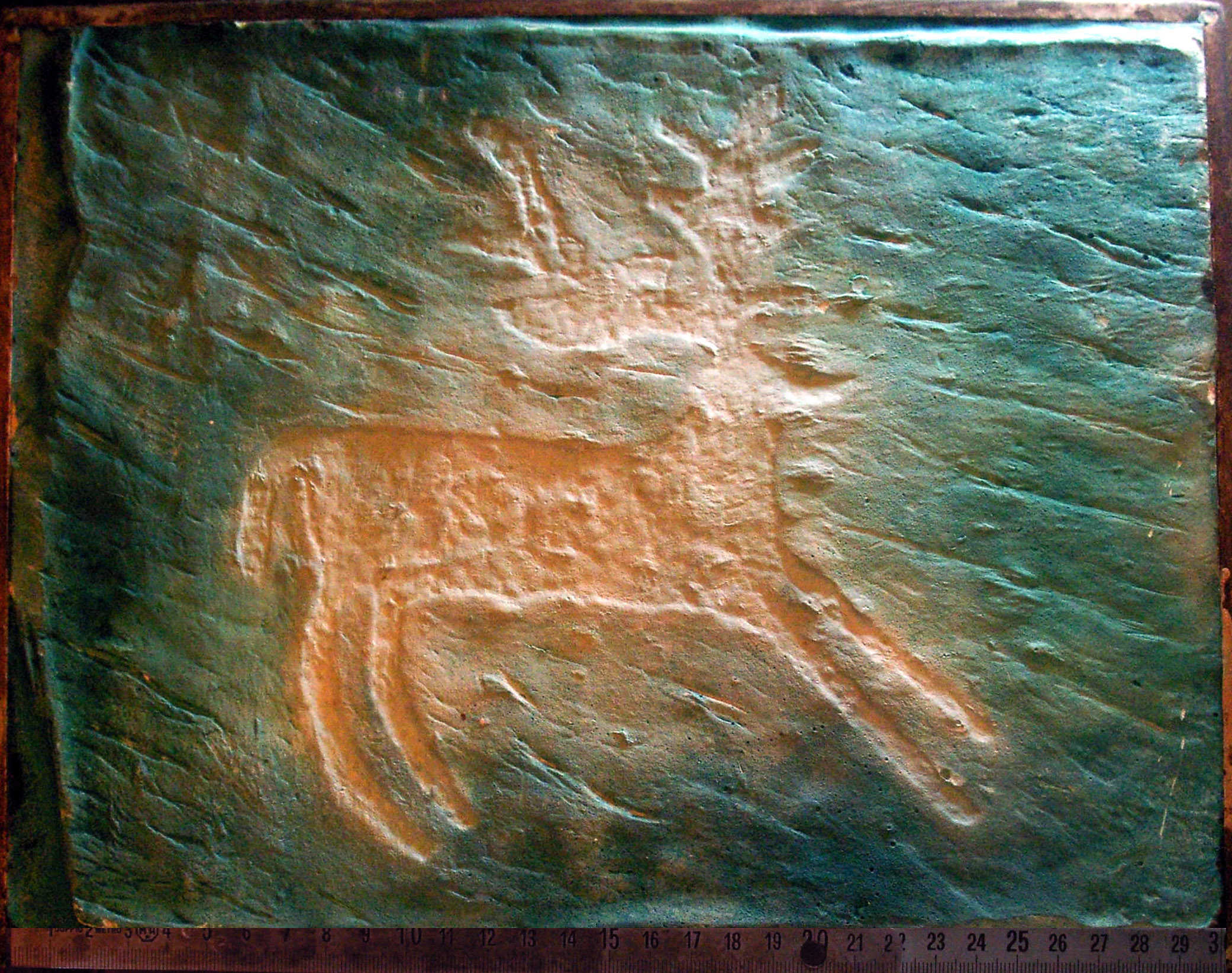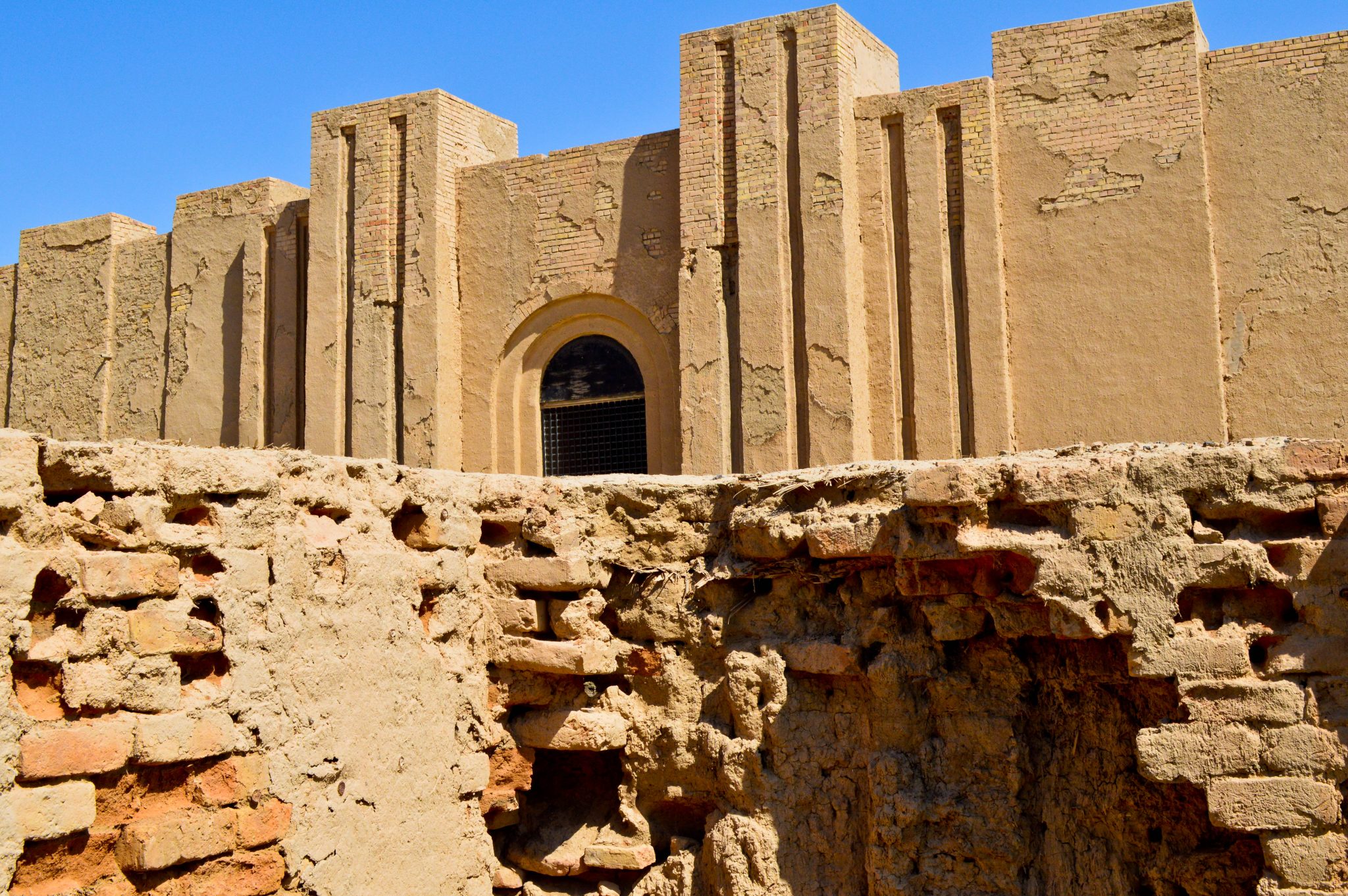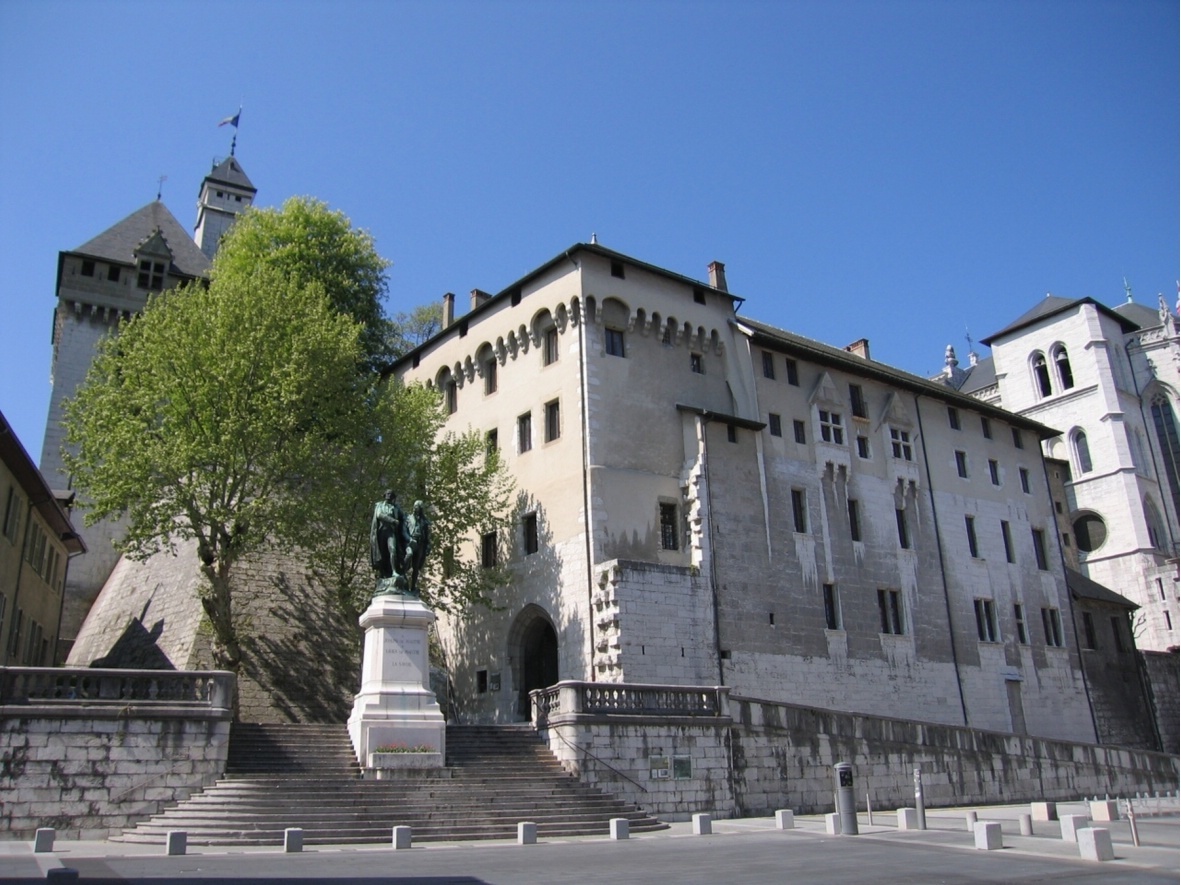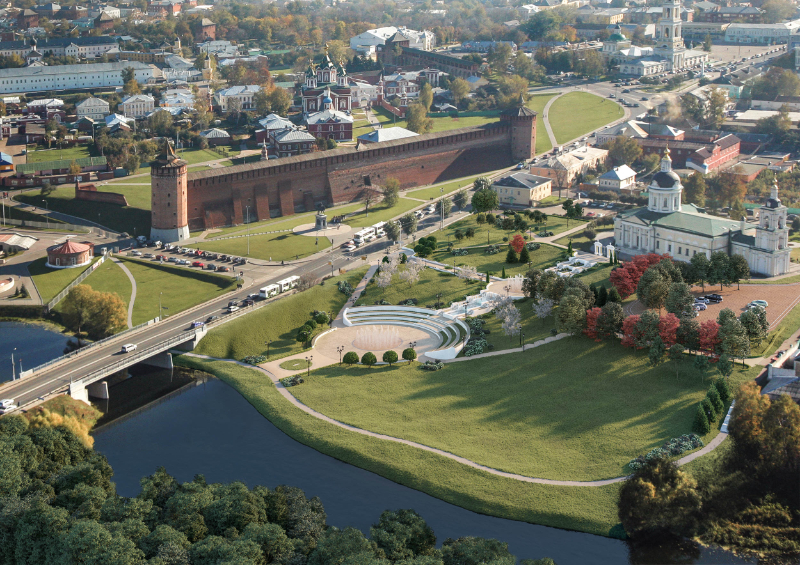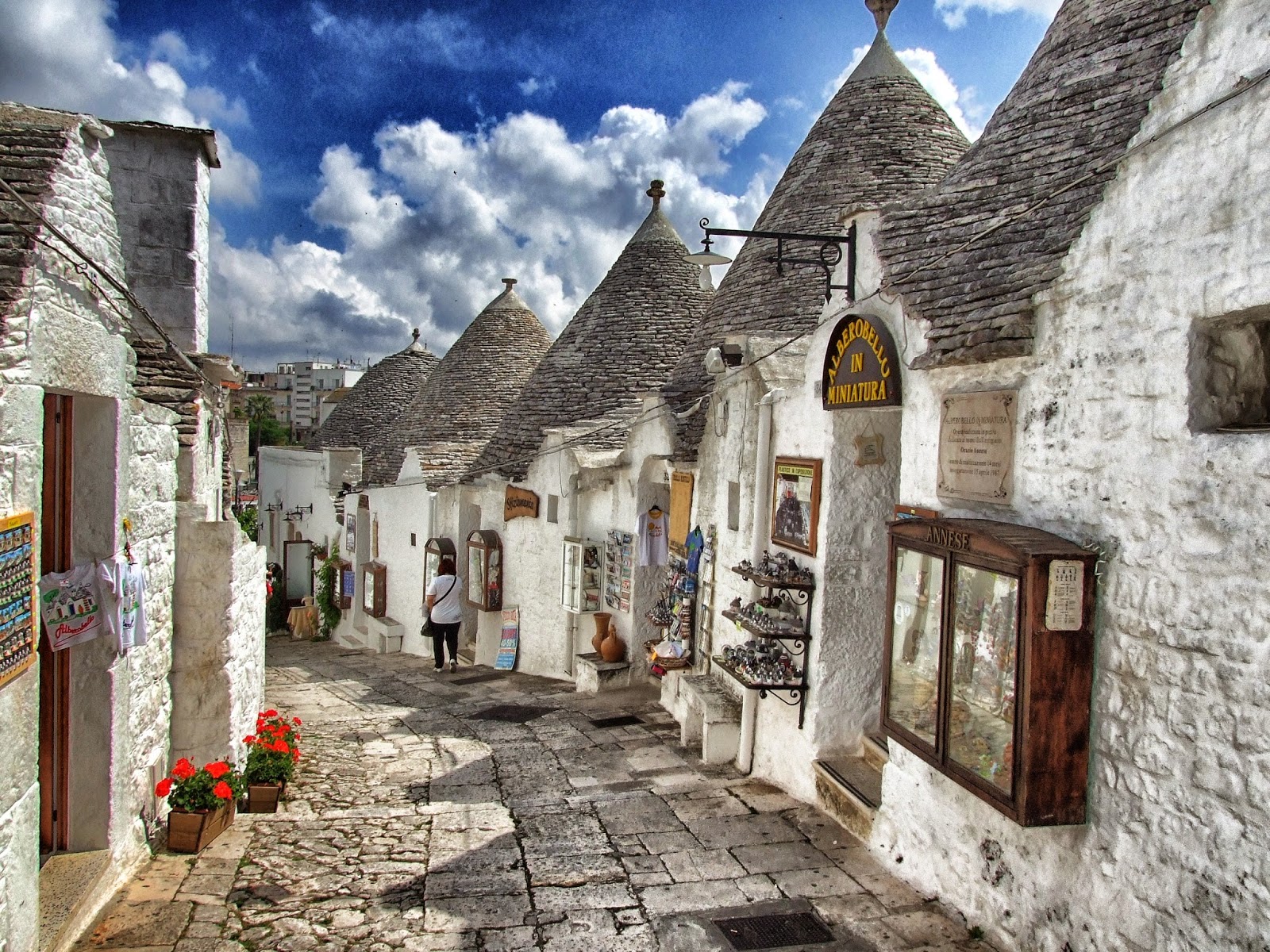The Ruins of the Buddhist Vihara at Paharpur are one of the most important archaeological sites in Bangladesh, located in the northwestern district of Naogaon. This site, also known as Somapura Mahavihara, was once one of the largest Buddhist monasteries in the Indian subcontinent and is now designated as a UNESCO World Heritage Site.
Somapura Mahavihara was established in the 8th century by the second king of the Pala dynasty, Dharmapala. Architecturally, it represents a unique design, influenced by the cultures that thrived in the region during its construction. The vihara (monastery) is built around a massive central stupa courtyard, with its cruciform shape being a distinctive feature. The layout includes a complex of cells for monks along the outer walls and numerous stupas and shrines.
The elaborate terracotta plaques that decorate the walls of the monastery depict scenes from Buddhist mythology, including the life of the Buddha, and various Hindu deities, illustrating the syncretic cultural influences of the time. The intricate and detailed craftsmanship of these plaques highlights the artistic and spiritual significance of the site.
Archaeologically, the site has provided insight into the religious, social, and economic conditions of the period, showcasing the prominence of Buddhist monastic life in Bengal from the 7th to 12th centuries. The ruins not only attract scholars and historians but also tourists who are eager to explore the ancient heritage of Bangladesh.
The Ruins of the Buddhist Vihara at Paharpur stand as a testament to the region’s rich historical and cultural past, offering a window into the life and times of ancient Buddhist communities in South Asia. The preservation and study of this site continue to contribute significantly to our understanding of Buddhist architectural and religious developments during this period.

